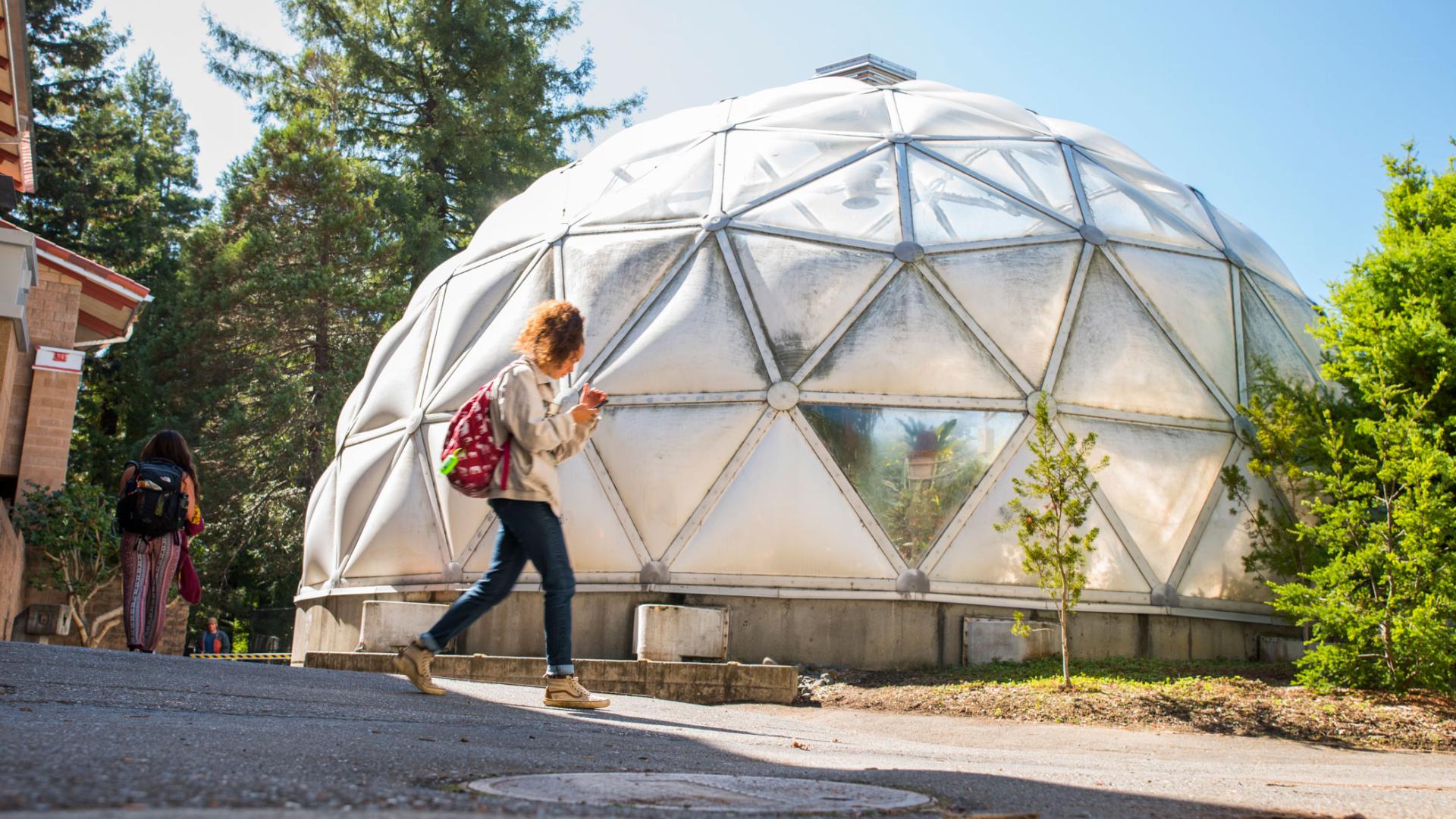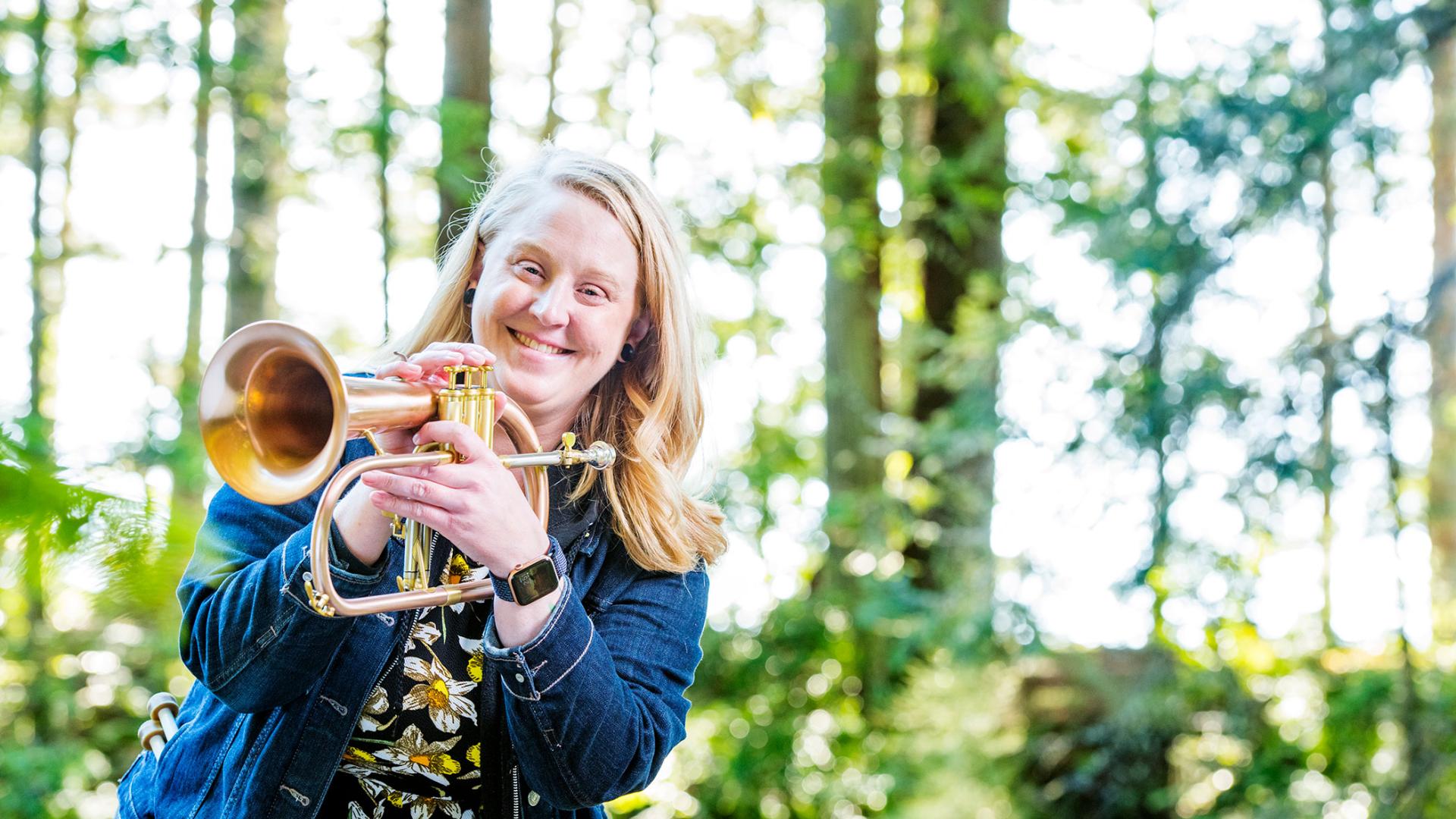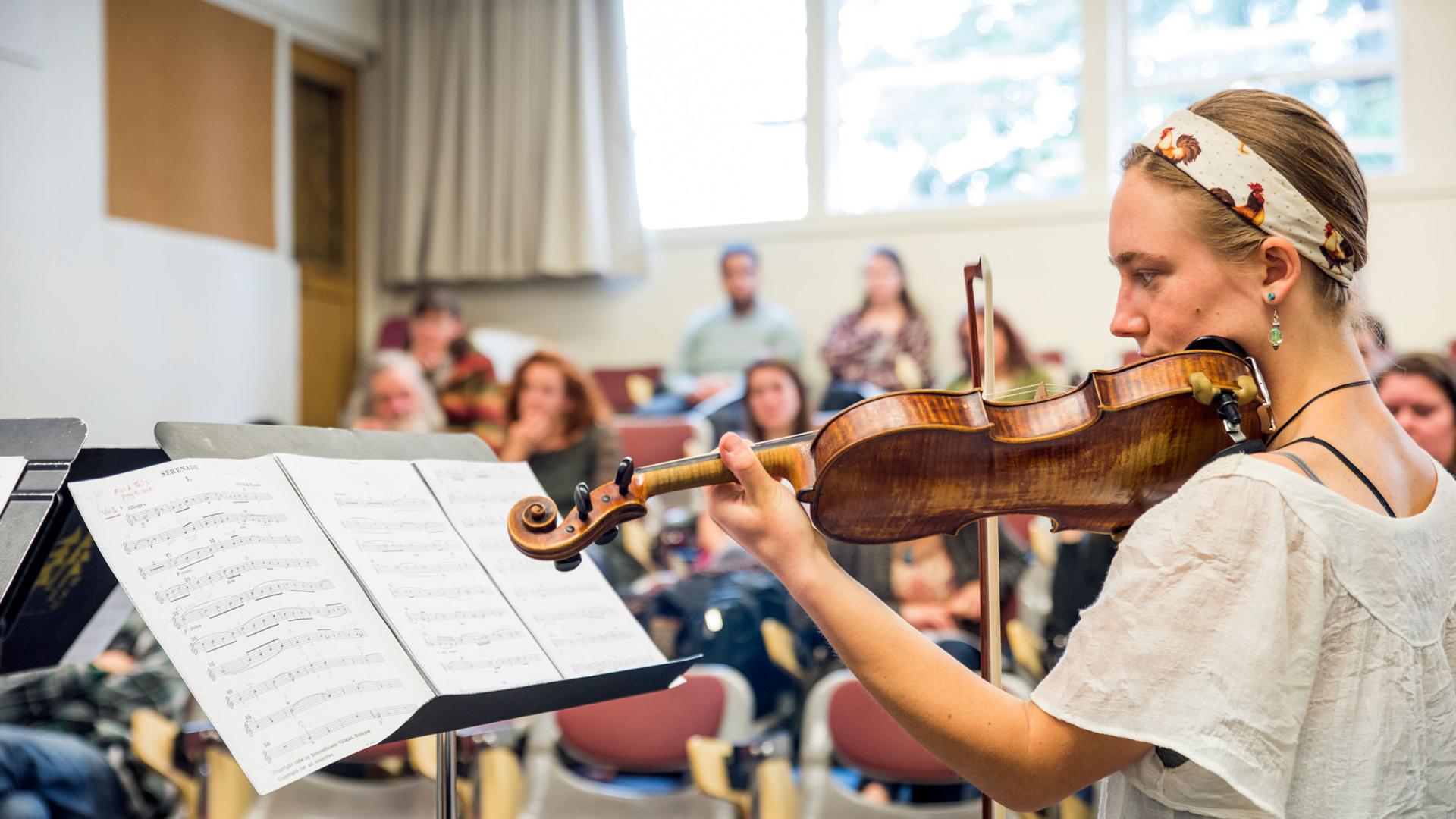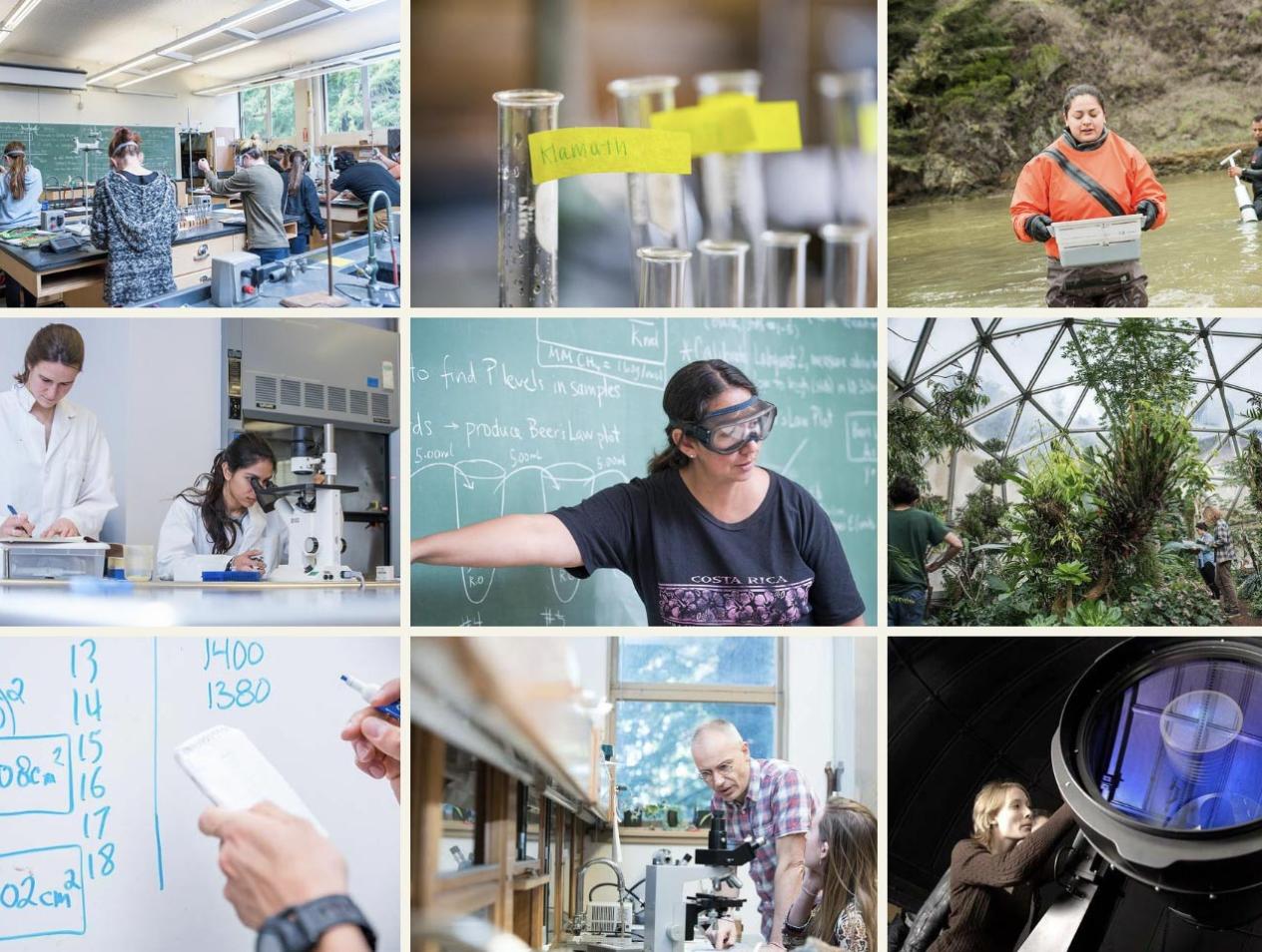Breadcrumb
Research Facilities & Collections
Real-World Experience to Set Your Education Apart
At CalPoly Humboldt, our advantageous location in the Pacific Northwest provides students with unique, hands-on scientific research opportunities starting at the undergraduate level. Our wide array of research facilities, labs, and collections highlight the diverse ecological system within the Humboldt community while setting students up for success from the early stages of their academic journey.
The College of Natural Resources and Sciences Core Research Facility
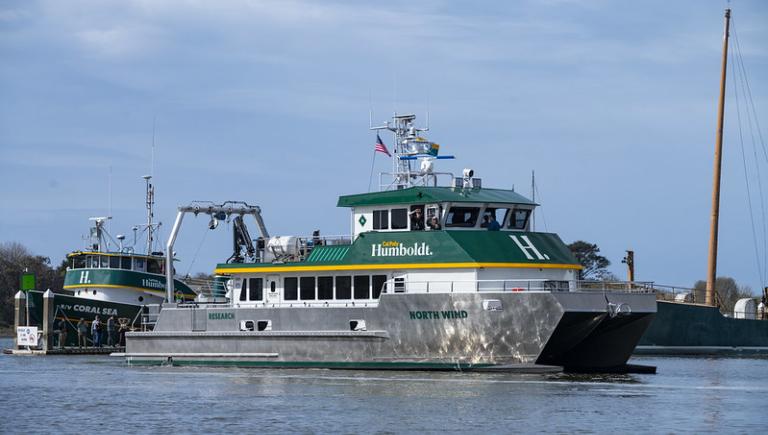
RV North Wind
The R/V North Wind is a 78-foot by 28-foot custom-built aluminum catamaran, powered by twin 1100-horsepower Tier 4 engines, allowing it to travel at speeds of up to 24 knots. The vessel can carry up to 40 students, faculty, and crew on day trips and accommodate up to 14 people on multi-day research voyages. It is equipped with various hydraulic deck machinery capable of handling up to 5,000 pounds of oceanographic equipment and instrumentation.
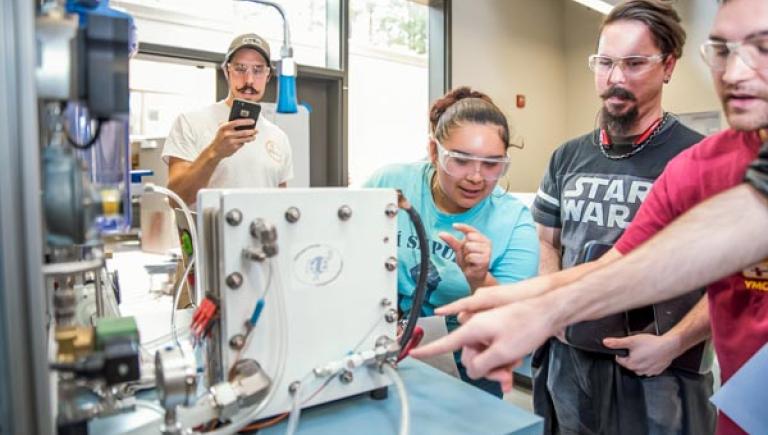
Schatz Energy Research Center
A globally recognized leader in clean and renewable energy technology research, the Center’s work involves technology demonstration, project development, energy systems analysis, and education and training. It also performs feasibility studies, resource assessments, and energy planning studies.
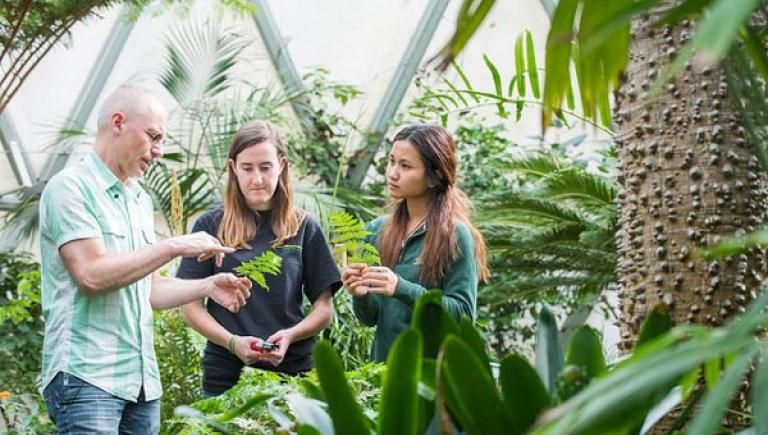
Dennis K. Walker Greenhouse
This is one of the largest teaching collections of living plants in California, with 11,500 square feet of instructional display space and more than 1,000 plant species in 187 families.
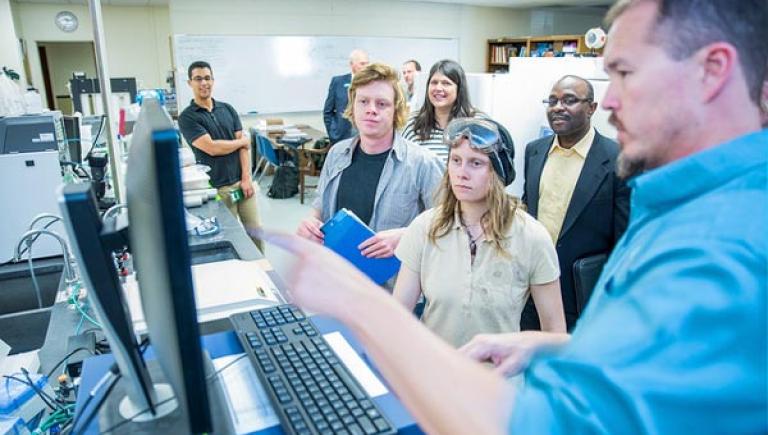
CNRS Core
The CNRS Core is a community laboratory workspace to provide training and experimental research experience to a variety of academic disciplines. This space is utilized by both faculty and students and include specialized equipment and instrumentation for training and research projects of all kinds.

Wildland Fire Lab
CalPoly Humboldt’s fire lab is one of the best-equipped university fire research facilities in the United States, and includes a fire platform, ventilation hood, and a thermal imaging camera used in the lab and during wildland fires.

Telonicher Marine Lab
Just minutes from campus, the lab for marine education and research includes a system that recirculates seawater, a remotely operated underwater vehicle, a wet laboratory for rearing marine invertebrates and fishes, and a culture room for larval invertebrates and algae.

Vertebrate Museum
As the second largest museum of its kind in the California State University system, the vertebrate museum houses 8,750 specimens, including skins and skeletal material from a variety of terrestrial, aquatic, marine, and volant mammals.
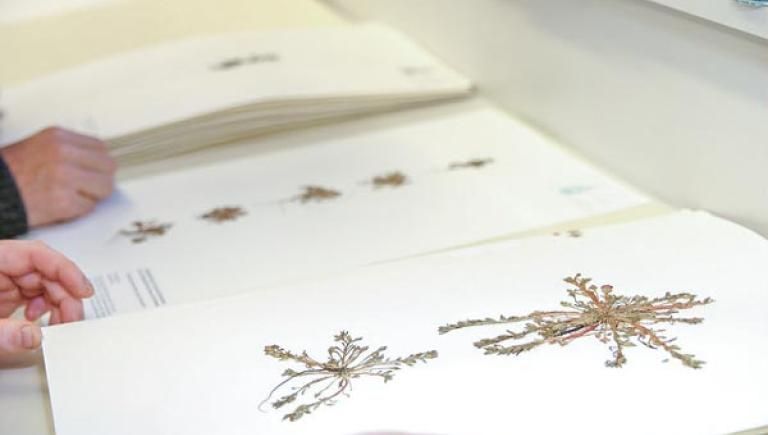
Vascular Plant Herbarium
With a strong emphasis on the flora of northwest California and southwest Oregon this facility has more than 104,000 specimens. It’s also a botanical resource for students and faculty, as well as community members and professional botanists.
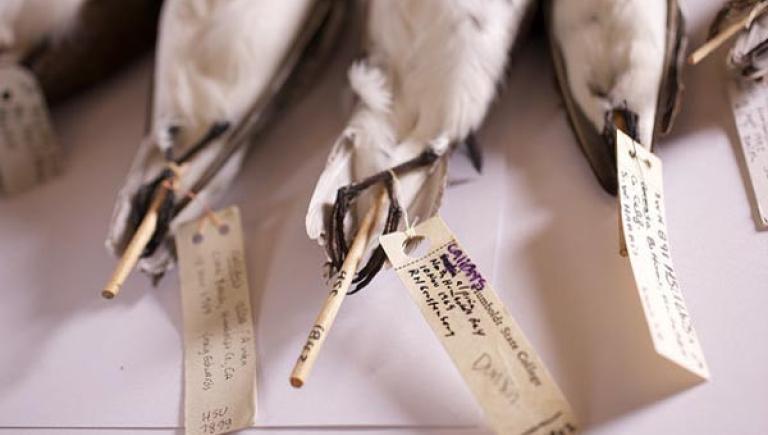
Wildlife Museum
This museum’s collection is mainly from California’s North Coast, and includes specimens from 47 U.S. states and 46 countries. It’s emphasis is on birds, with over 15,000 specimens, plus nearly 3,000 mammal and skeletal material in the collection.
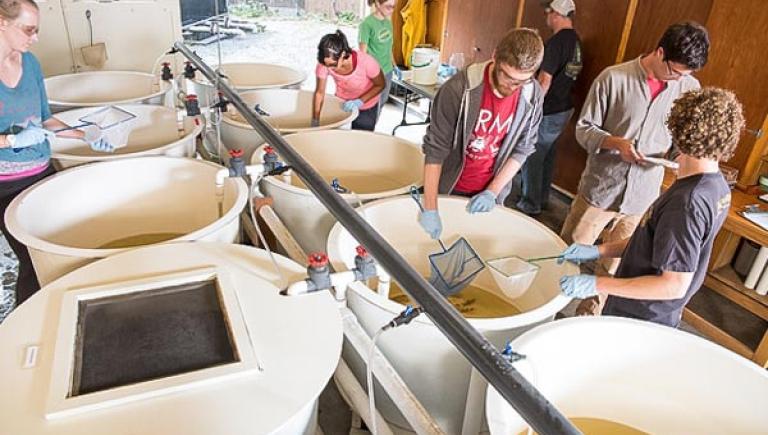
Fish Hatchery
The campus fish hatchery has a recirculating freshwater system with incubators, troughs, fiberglass circular tanks, concrete circular tanks, and raceways.
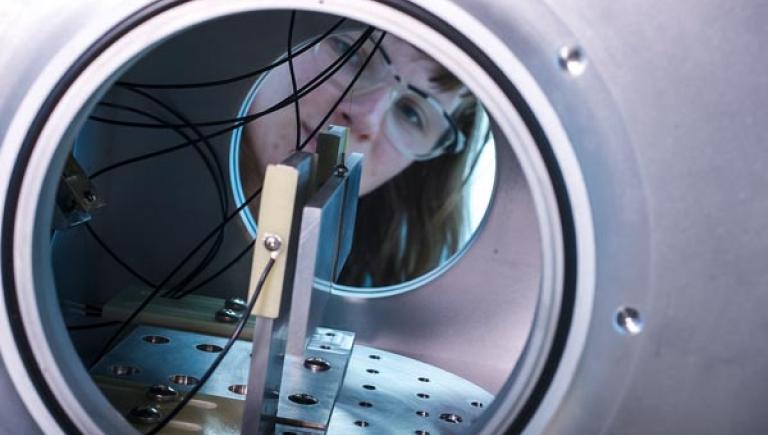
Gravity Lab
This is a physics laboratory for uses like short-range tests of Newton's 1/r2 law and the Weak Equivalence Principle, searching for new fundamental forces, and investigating the mechanism behind dark energy.
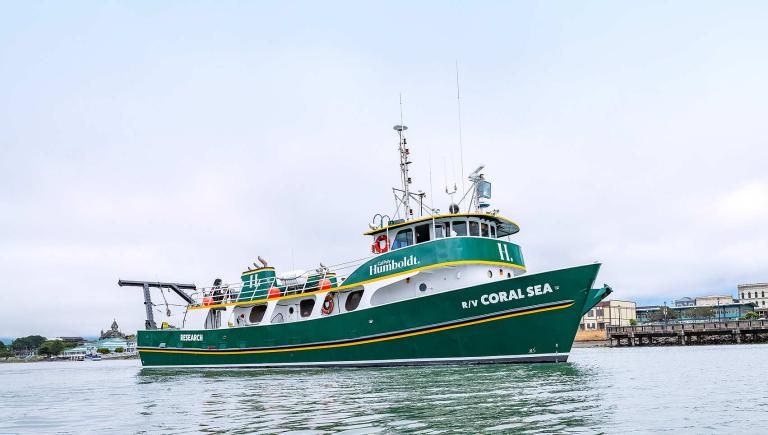
R.V. Coral Sea
Aboard Humboldt’s 90-foot ocean going research and teaching vessel, students can collect and observe marine plants and animals in their natural environment. The Coral Sea has two labs inside and the deck space to give students the room to work with box cores, dredges, nets and other large oceanographic equipment.
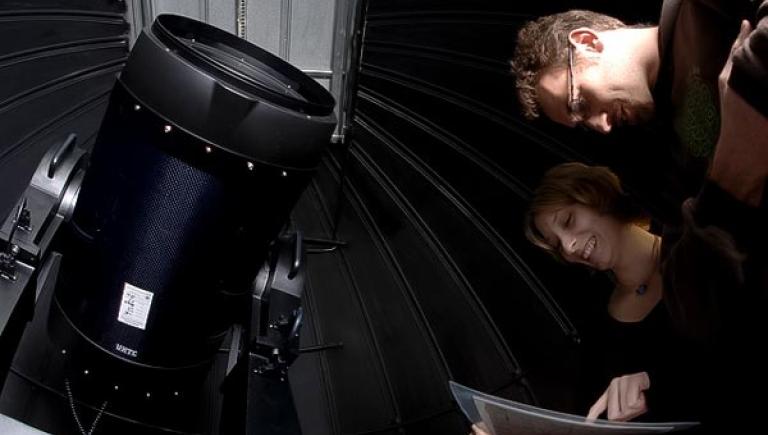
Fickle Hill Observatory
This observatory features a new 16-inch telescope and a 12-inch telescope—both GPS-located and computer-controlled—as well as several smaller telescopes.


